
While staying in Kas we spent a day driving back west to see the ruins of Patara. Billed as the longest beach in Turkey at 18 kilometres (11 miles) in length, Patara was also a major city in ancient times, giving it some sights to see along with an escape from the summer heat.

After exiting the highway we drove a short distance before merging with a line of cars. This was holiday season for locals, so we expected it to be busy.
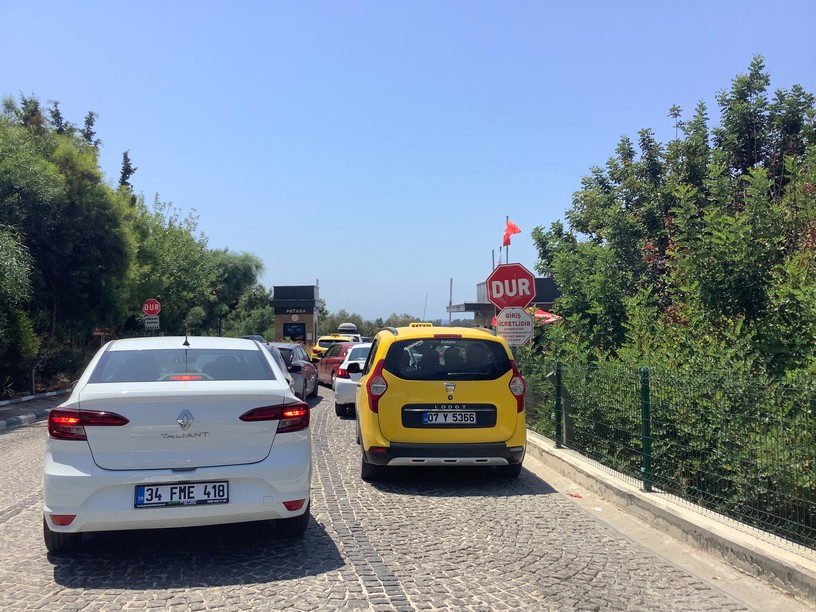
After entering the main gate we found a large parking area located between the ruins and the beach. Most people were parking on the grass in a large field, so we did the same.
Before doing the beach, we headed over to the ruins located a bit further inland. Spread over a wide area, there were few people visiting on this day. We would later discover most had gone directly to the beach to cool off!
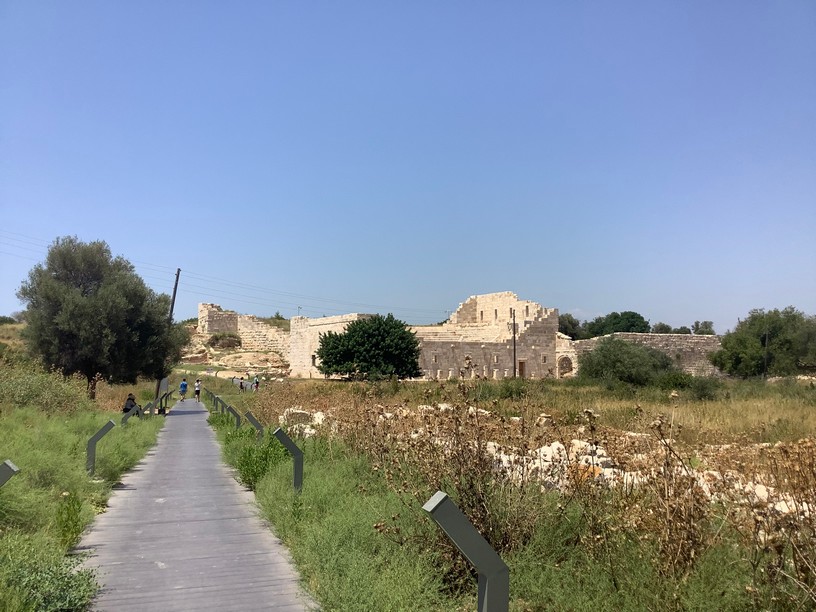
According to tradition Apollo lived at Delos in summer and at Patara in winter and a large head of Apollo was discovered near the city gate. The city welcomed Alexander the Great in his conquest of the region, and in later times the city was granted its independence from Rome.



The city was later captured by Brutus and Cassius in their campaign against Mark Anthony and Augustus, and was subsequently annexed back into the Roman empire. In Christian times, Patara is famous for being visited by Saint Paul en route to Jerusalem. Saint Nicholas (of Santa Claus fame), the future bishop of Myra was born at Patara.

From there we moved onto the main section, including the restored assembly hall for the Lycian League.


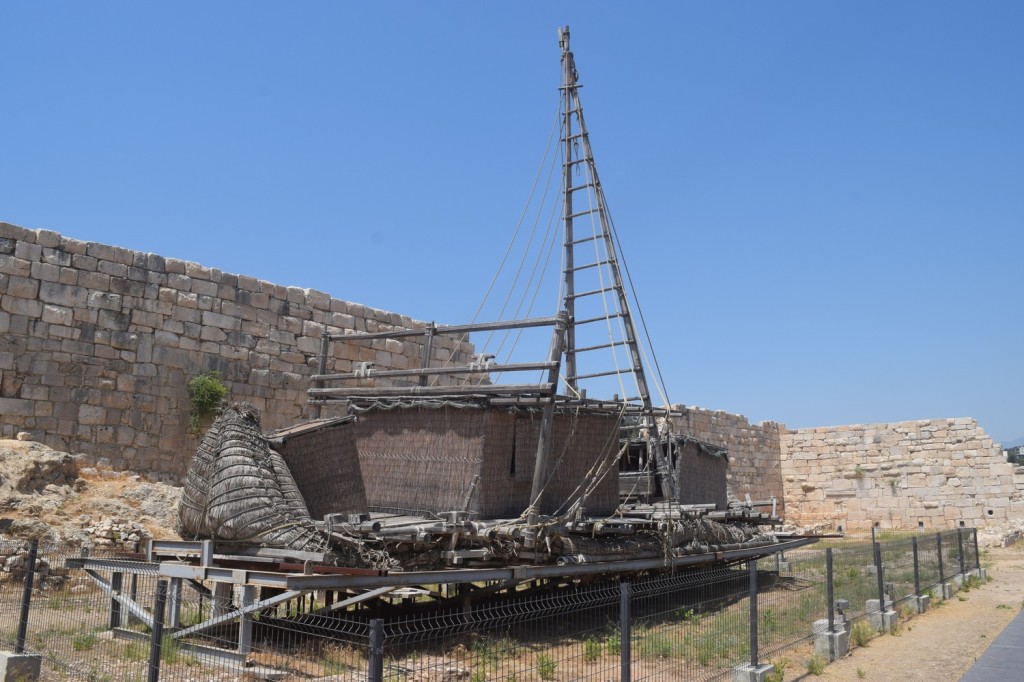

Patara was a leading city of the Lycian League and a primary seaport. In front of the buildings was a reconstruction of a sailing vessel from the time.


From there we headed through another section before arriving at the harbour street. In ancient times this was the inner harbour for the city. Even now one end was filled with water.



There weren’t many people walking around the ruins, and when we continued onto the dirt trails deeper into the ruins there was no one else around. Despite the relentless heat, it was fun to explore.

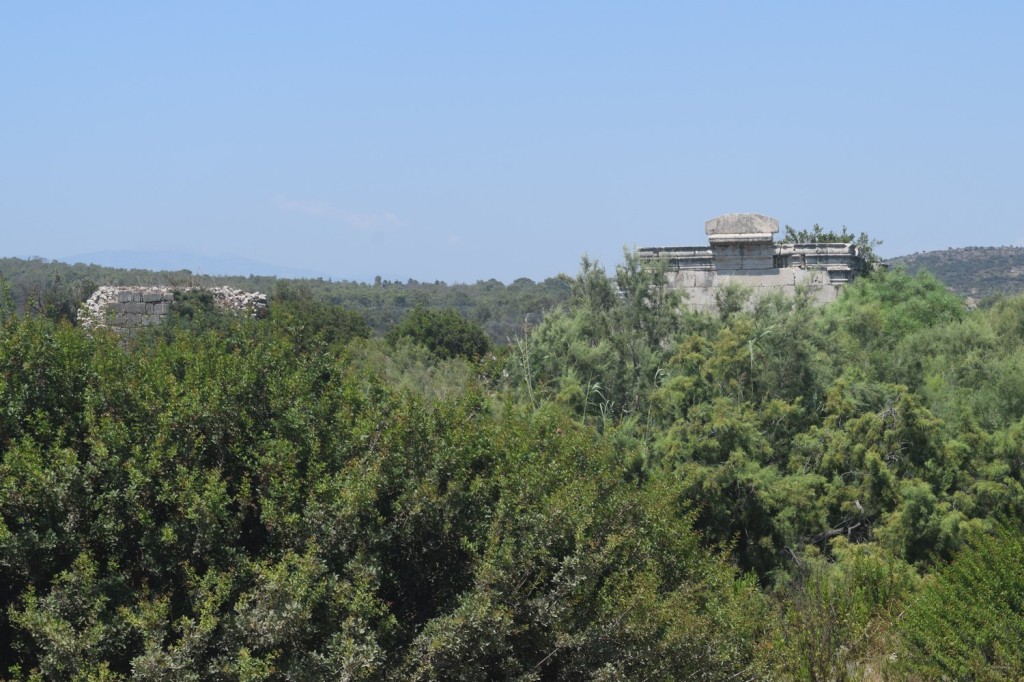
Some ruins were half hidden in the trees and underbrush. While some areas were marked, others had no signage.



After a few hours among the ruins, we needed to escape the summer sun and headed back towards the parking lot. We joined a steady stream of people heading for the beach.
Next to the entrance were some simple stalls selling drinks and simple foods. Kim enjoyed her corn on the cob from one seller. However, a short distance inside the entrance were ice cream vendors who charged more than double for watery ice cream–beware!

If a parasol and sunbed are needed, then you can’t stray too far from the ruins area. With time ticking in the afternoon, we rented them and swam close by. While it was crowded in the organized section of Patara, the warm waters were reasonably clear and a great escape from the summer heat.

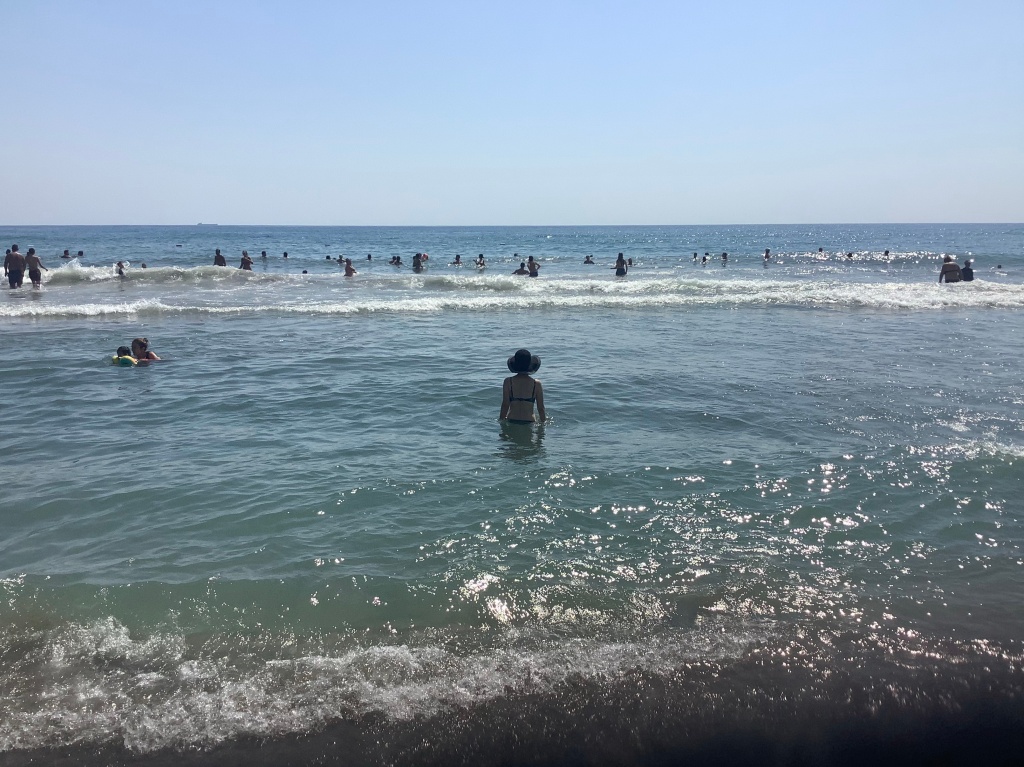
After spending a few hours at the beach, we headed back to Kas for dinner. We enjoyed the ruins more than the beach, but we might have felt differently had it been the off season. Our next day trip would be a similar combination, but in that case we favoured the beach over the ruins. That would be Olympos, the subject of the next post.


Ruins and a beach – now that’s my kinda day!! Might get to Turkey later this year so I’m very interested in this…
LikeLiked by 1 person
I really recommend it! At our next stop in Olympos we swam in turquoise water with views of the ruins overlooking the beach. The entire southern coast has beaches and ruins everywhere, and we really enjoyed it before making our way north later on in the trip.
LikeLike